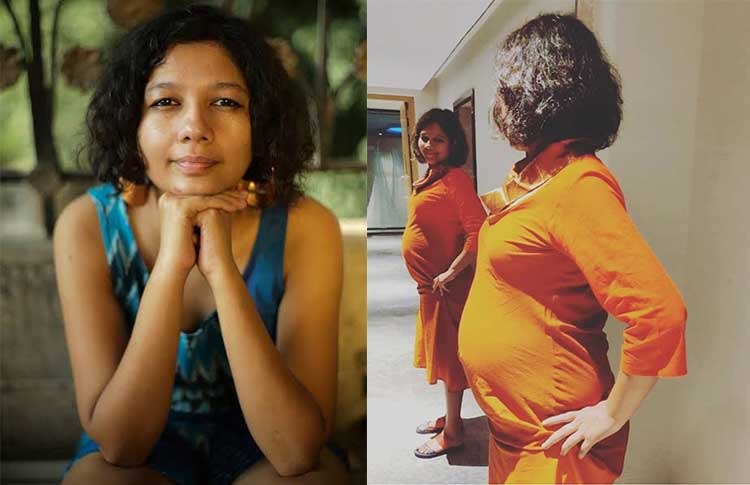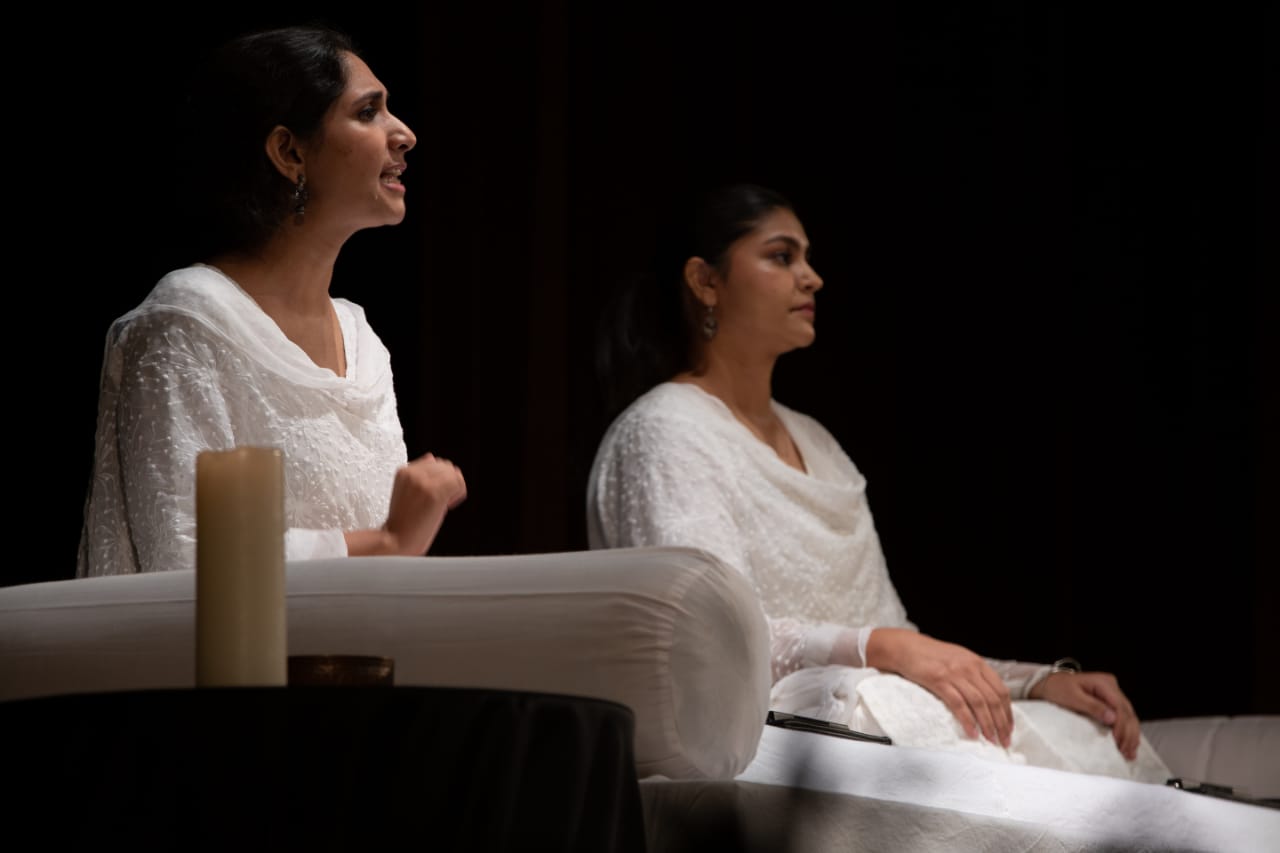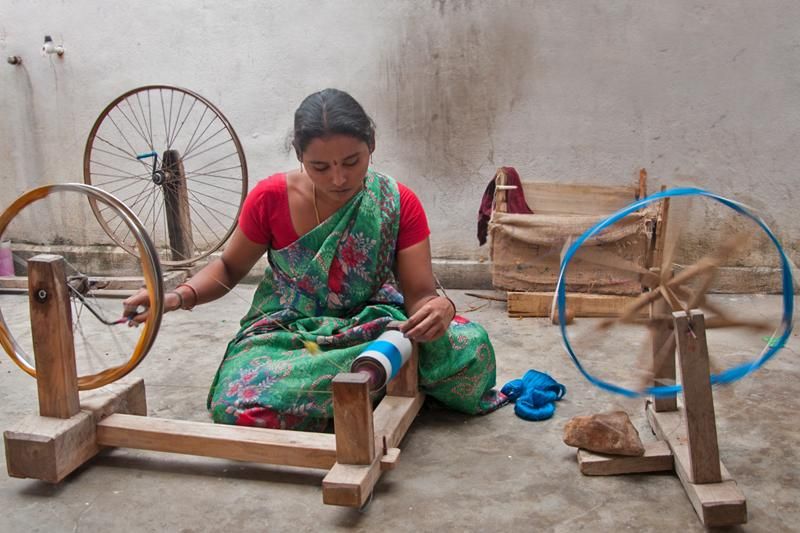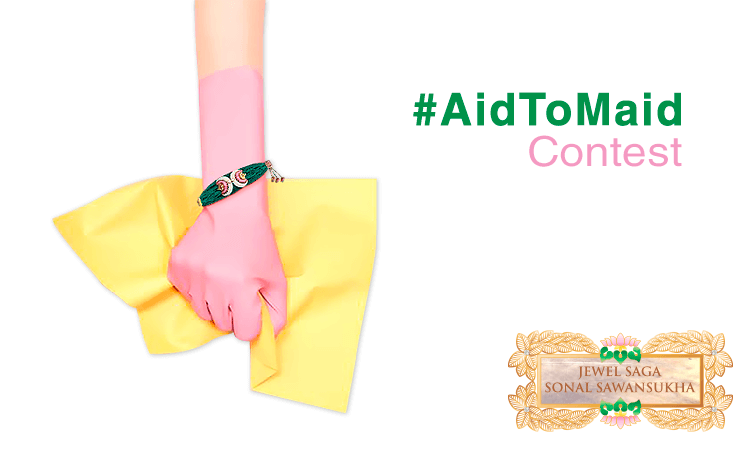Sahiyo’s Mariya Explains To Us How A Law Banning Female Genital Cutting Would Not Be Enough To Stop It
- IWB Post
- November 16, 2019

Female Genital Cutting (FGC) is a religious practice, where a part of the girl’s clitoris is cut in lieu of “controlling her sexual desires.” Dawoodi Bohras, the community spread around the world, have been practicing FGC for years in secrecy. The secrecy is so well maintained that until a few years even the men in the community didn’t know this practice existed.
The community is actually very prosperous and somewhat progressive. They do not force veils on women and educate them as much as men. But this evil practice has prevailed.
 Shabbir Mohammedbhai Vaziri, who was convicted in Australia’s first female genital cutting court case in Sydney.
Shabbir Mohammedbhai Vaziri, who was convicted in Australia’s first female genital cutting court case in Sydney.
In a recent case, an Indian-American doctor in the city of Detroit (Michigan) was accused of practicing FGC on two 7-year-old girls. Soon a case of an 11-year-old girl from Australia shook the world.
Back home, on May 20th, 2017, the Minister for Women and Child Development, Ms. Maneka Gandhi, stated that FGC should be banned across the country. And this week, on November 14, the Supreme Court recommended that the matter of female genital mutilation (FGM) practised in the Dawoodi Bohra community be referred to a seven-judge bench and heard alongside other matters pertaining to women’s right to pray, stating that it was a “seminal issue” regarding “the powers of constitutional courts to tread on question as to whether a particular practice is essential to religion or is an integral of the religion”.
While the petition is pending before Supreme Court, it is crucial to take a broader look at the problem. The Bohra community is so tightly knit that the trials can only punish the perpetrators, not stop the practice. Parents who choose not to get their daughters mutilated face the social boycott by the community. They are disallowed from being buried in the Bohra cemeteries; their entry is forbidden from Bohra Mosques. It becomes a sort of mandatory practice. Although, as far as we know, no one actually has been excommunicated for not having khatna done. However, the fear of being excommunicated is very real and that is what keeps people from actually not speaking publicly on this issue. A movement to stop the practice in the community must come from inside.
The voice to stop this practice comes from Mariya Taher, Sahiyo (meaning Saheli or Female Friend in Gujarati). We have previously written about this wonderfully empowered woman. This time, we wanted to understand from her that now, that India has awareness about the existence of FGC, what should be done. In an email, she tells us how more than just the law is required to curb this practice.
There was a petition by some Bohra men from India asking to ban FGC, and they all uniformly showed surprise at the fact that this was happening. Do you think Bohra men are all universally unaware of this practice? How to increase engagement of men and are there any efforts already initiated in the same direction?
I think this was the case for decades, but not so much anymore, and a large part of why the secrecy around FGC is no longer there among men is because of social media. However, before the advent of the internet and social media, it was quite common for men not to be aware of FGC because this is a form of gender violence that is unique in that women continue it onto other women, and you are taught to be silent about it.
Also, yes, I think it is very important to have men engaged in the work because FGC is a community issue, and at Sahiyo we have several blog post written by men, and we have several male volunteers. So efforts are definitely being made to engage more men.
Why do you think despite the recent awareness about the practice of FGC and being a signatory to the UN resolution banning the practice, the government still hasn’t passed a law banning FGC?
Law takes time. And I think it is important to think through legislation to make sure you aren’t writing bill language that could possibly lead to unintended consequences. I don’t know the specifics for why it has taken so long for India to have a law, but I know there are many people working to make it a reality, and also some time back Maneka Gandhi, had also stated that FGC falls under existing child abuse and sexual assault laws. (In reference to the POCSO Act)
Did the federal cases in Australia and the US encourage any behavioral change in the community? There is no crackdown on the cases even in countries that ban the practice. What makes the practice so persistent?
Take a look at this blog post. A woman in Australia wanted to share what she has seen and witnessed in Australia after the FGC case occurred there. I think what these cases have done is to help those Bohra community members who do not want to have khatna (The act of FGM) done to have the voice to state why they don’t want to do it to their daughters. However, there still exists a tremendous amount of community pressure to have khatna done on girls.
It’s important to recognize that FGC is considered a social norm, a tradition or requirement that must be done for a variety of different reasons in a community. Many times, it is believed if you don’t perform FGC, then you are actually doing wrong to the girl. Sahiyo works to engage the community in conversations themselves so that they can discuss FGC and learn from one another about the realities of the practice. To really create behavior change, you need to have people themselves begin to talk about FGC openly (which we are seeing), and you need to help reframe that FGC is not a needed practice, but actually a harmful one. This is what makes community education and engagement so important when it comes to working to end FGC from occurring to the next generation.
What can India learn from the countries that already have laws banning FGM?
I think the important lesson to realize is that law alone won’t end FGC. Law is quite important in order to reinforce the idea that FGC is a harmful practice, but we need to couple it with community outreach and education, and we need to focus on prevention efforts.
Consequently, what other actions should be coupled with the passage of the law, when that happens in India?
We definitely need to have more research on FGC in India as well as look at creating more prevention programs and support programs for survivors. There is a dearth of information and monetary funds to help create these needed resources, and so that is something that needs to be looked into.
According to the American Law, the two 7-year-old girls were taken out of the custody of their parents, is there a more culturally sensitive way of dealing with the issue?
Sahiyo wrote a blog post on this matter. I think it is important to recognize that the children who were taken out of custody from their parents were taken by Child Protective Services. In the U.S., Child Protective Services (CPS) was set up to protect the best interests of the child.
I have very mixed feeling regarding what is happening in the Detroit case, particularly when I try to imagine my own self in these girls place. I can’t imagine what it would be like to be separated from your parents or to think you are the reason they are being held in jail. I do believe it is important for government organizations such as CPS to work together with community organizations that are knowledgeable on this issue, particularly because we are all working towards the goal to not further cause harm to girls.
The battle between age-old customs and fundamental human rights rages on. We must agree that the practice of Female Genital Cutting is a cruel, medieval practice that is prevalent in all parts of the world. No little girl must be forced to undergo this at an age when women are just beginning to understand their sexuality.
There is a lot of misinformation on the internet where they believe FGC has medical benefits. That is simply not true. In fact, according to the WHO, it severely harms not just the body of the girl, but also her psyche.
This article has been updated with reference to the recent development on FGC court proceedings in India. The Interview excerpts first published on May 25, 2017.
- 0
- 0












